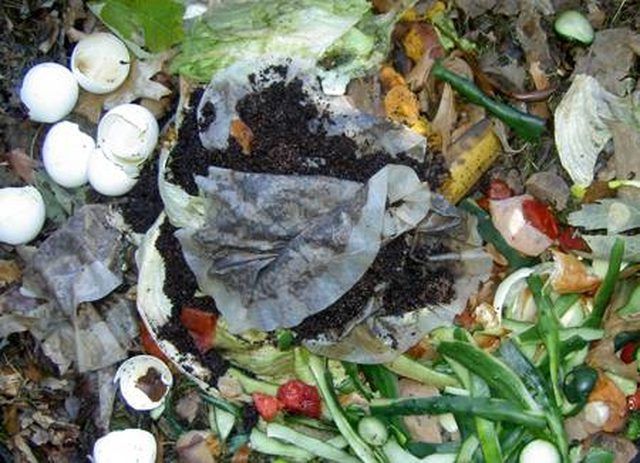Bulbs
Flower Basics
Flower Beds & Specialty Gardens
Flower Garden
Garden Furniture
Garden Gnomes
Garden Seeds
Garden Sheds
Garden Statues
Garden Tools & Supplies
Gardening Basics
Green & Organic
Groundcovers & Vines
Growing Annuals
Growing Basil
Growing Beans
Growing Berries
Growing Blueberries
Growing Cactus
Growing Corn
Growing Cotton
Growing Edibles
Growing Flowers
Growing Garlic
Growing Grapes
Growing Grass
Growing Herbs
Growing Jasmine
Growing Mint
Growing Mushrooms
Orchids
Growing Peanuts
Growing Perennials
Growing Plants
Growing Rosemary
Growing Roses
Growing Strawberries
Growing Sunflowers
Growing Thyme
Growing Tomatoes
Growing Tulips
Growing Vegetables
Herb Basics
Herb Garden
Indoor Growing
Landscaping Basics
Landscaping Patios
Landscaping Plants
Landscaping Shrubs
Landscaping Trees
Landscaping Walks & Pathways
Lawn Basics
Lawn Maintenance
Lawn Mowers
Lawn Ornaments
Lawn Planting
Lawn Tools
Outdoor Growing
Overall Landscape Planning
Pests, Weeds & Problems
Plant Basics
Rock Garden
Rose Garden
Shrubs
Soil
Specialty Gardens
Trees
Vegetable Garden
Yard Maintenance
How to Make a Compost Pit
How to Make a Compost Pit. Making homemade compost can seem like a daunting task. But if you use this compost pit method, the process can be rewarding. There is no need for expensive hardware or fancy inocula. With a few garden tools, a little initial effort and a quick turn over every couple of weeks, you can make compost in your yard. So grab...

Making homemade compost can seem like a daunting task. But if you use this compost pit method, the process can be rewarding. There is no need for expensive hardware or fancy inocula. With a few garden tools, a little initial effort and a quick turn over every couple of weeks, you can make compost in your yard. So grab your shovel and follow these steps to make a compost pit.
Things You'll Need
Shovel
Pitchfork
Sharp stick
Black plastic
Bricks
Select a piece of ground that gets both sunlight and partial shade during the day. Mark a square on the ground that is at least 3-by-3 feet.
Dig out the marked area to a depth of at least 6 inches. Pile the removed soil near an edge of the pit to add back into the pit later. Remove and discard stones, roots and debris from both the pit and the stacked soil.
Deposit household scraps, garden clippings, coffee grounds and other fresh organic material into the center of the compost pit. Add in dried leaves, chopped twigs, brown organic material and small amounts of shredded brown cardboard.
Turn the contents of the pit with a pitchfork every two weeks. Heap the material to the center of the pit each time. Add a shovel full of the set-aside soil into to the compost each time you turn it. Poke holes in the stack with a long sharp stick, providing places for air to reach the inner layers.
Maintain a state of dampness by sprinkling water on the pit contents if they become dry in the summer months. Cover the pit with black plastic during rainy spells to keep from getting soggy. Hold down the edges of the black plastic with heavy bricks or stones.
Use the compost when it is thoroughly decomposed and crumbly. Mix into soil for nutrient rich organic gardening or place around established plants.

Tips & Warnings
Never put meat, bones, grease, pet waste or non-organic material such as plastic into the compost pit.